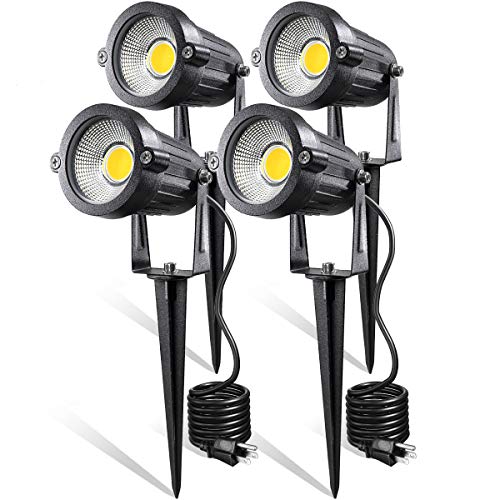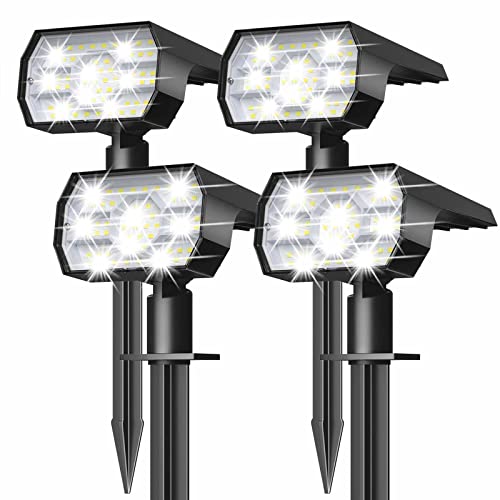How to uplight a tree – expert methods for big trees, small trees, and shrubs
I spoke to lighting and landscaping experts about how to uplight a tree


An uplit tree can be one of the most dramatic features of any garden. It can bring beautiful color and depth to a garden, making your backyard beautiful long after the sun has gone down.
However, it can be a tricky technique to master. Uplighting a tree is very different to the soft, diffuse lighting you need to light a garden path. Done badly, you can make your backyard look barren and stark.
I spoke to lighting experts for their tips and tricks. They gave me all you need to know about uplighting different sizes and species of tree.
1. Where to place your lights
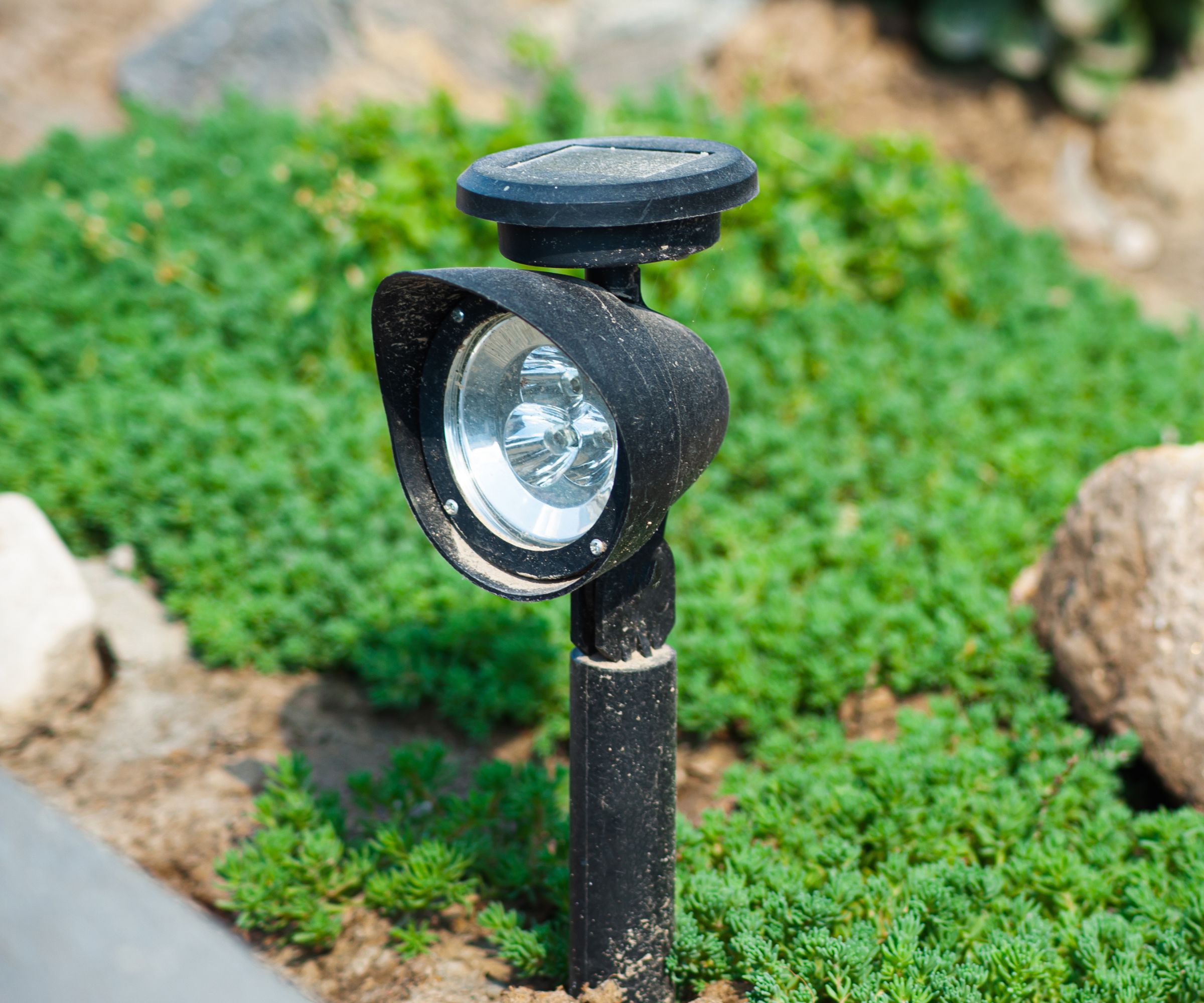
The first step is to work out where to place your lights. Firstly, work out your vantage point. Have the light shine on the tree in the direction you want to see it, either from the house, street, or backyard.
The exact placement for your light varies by the tree, but expert lighting designer Nels Peterson gave me an easy rule to follow. He said: 'When I place a fixture, I always try to have it at least 18 to 24 inches away from the tree itself and let the light escape.'
There are a couple of reasons why Nels recommends this distance. 'Too many times fixtures are so close to the tree that it's really just an accent and isn't lighting much more than the very bottom of the tree,' he says. 'One of my trademarked sayings is "light requires distance".'

Nels Peterson is a lighting industry veteran with over 30 years of experience. Nels is a Certified Outdoor Lighting Designer through the Association of Outdoor Lighting Professionals (AOLP). In 2023 and 2024 he earned the National Award of Excellence in Landscape Lighting for Most Outstanding Landscape Lighting Project in the U.S. by the AOLP. He now serves as the Vice President and Brand Leader for Blingle, a lighting company.
2. How to uplight a small tree
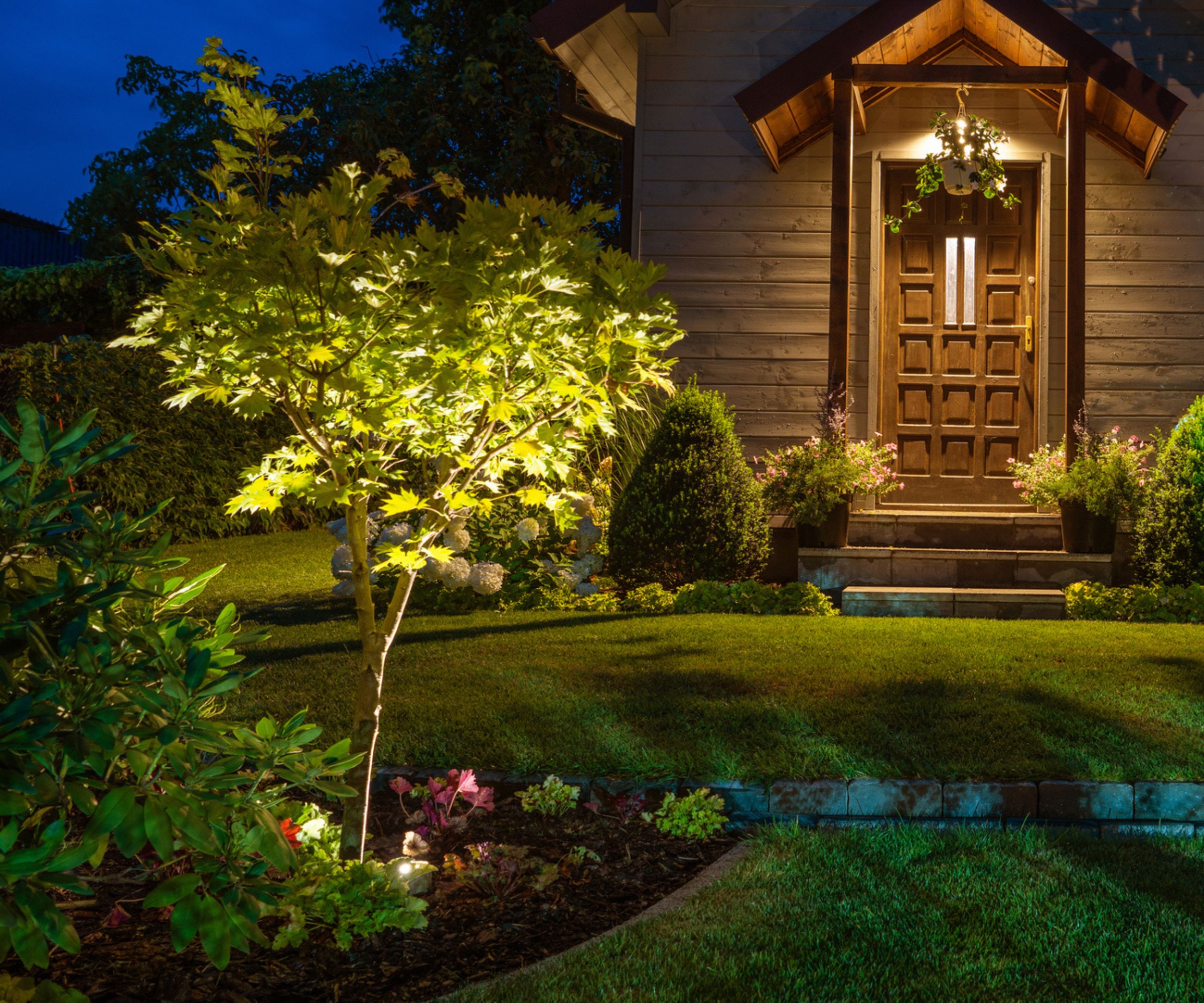
Different types of trees need different styles of uplighting. Lighting expert Kyle Beach gave me a few examples.
Design expertise in your inbox – from inspiring decorating ideas and beautiful celebrity homes to practical gardening advice and shopping round-ups.
If, for example, you're uplighting a small evergreen tree, like a dwarf spruce or cypress, Kyle says that 'you need to get out further and use a 'warmer' color light', 2000 Kelvin or under.
For Japanese or crepe myrtle, he suggests getting in closer under the canopy to highlight the leaves. He says 'a brighter white allows light reflection from the trunk', so for these trees, try lights of around 3000 Kelvin.
He also told me that smaller trees can benefit from several lights. 'The basic principle here is to get light evenly distributed across the tree,' says Kyle. 'While you can use one light, many times it makes sense to use multiple 2-3 lights to effectively light even a smaller tree to give some dimension.'
However, using multiple lights isn't always necessary. Nels Peterson says: 'Usually, one small landscape lighting fixture is more than adequate to light up a small tree.'
Kyle Beach is the Director of Operations for Wonderly Lights, the holiday and landscaping lighting experts.
3. How to uplight a large tree
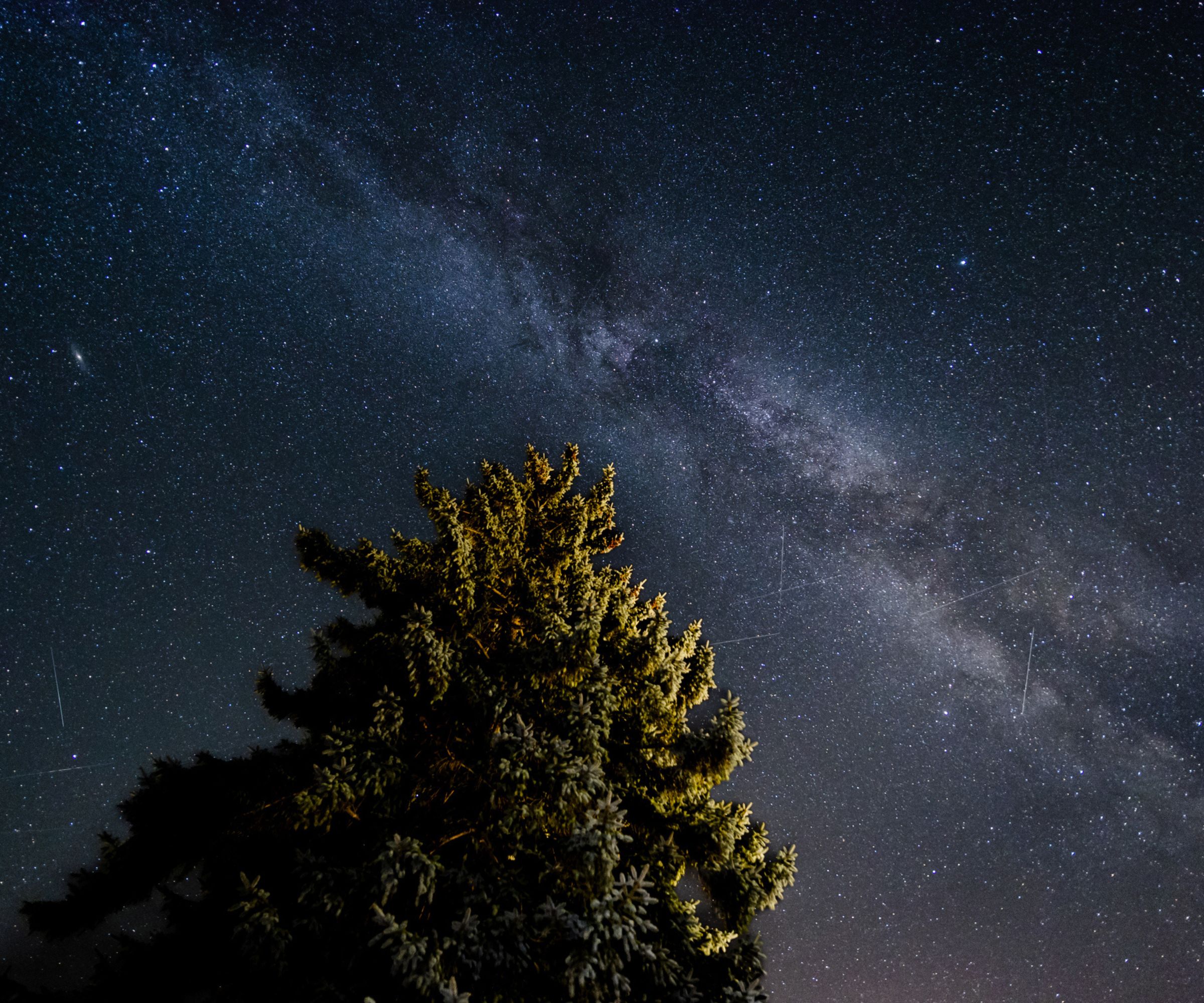
Lighting a large tree is similar to smaller trees, only that the species of tree is less important. Lighting expert Kyle Beach says that, when lighting any large tree: 'Apply the same principles as with a small tree: We want to distribute light evenly over as much of the tree as you can.'
In some cases, he says: 'Larger trees will often need multiple light fixtures to properly light it.' However, if your tree backs onto a wall or a fence, it likely only needs a single light.
Kyle also suggests another technique, one I've heard from several landscaping experts. 'With much larger trees you might consider downlighting, which mimics natural light and can create some cool shadow effects.'
To downlight a tree, you place lights high up in its branches. This creates shadows that mimic bright moonlight, and it's especially effective on paved paths, casting dramatic, fluid shadows from the branches that sway across the path.
The only other tip for lighting a large tree is to use slightly brighter lights for uplighting than the rest of your landscape lighting. Kyle says: 'If you want a tree to be your focal point, it should be brighter than the surrounding lighting to draw the viewers’ attention to it.'
4. How to uplight a bush
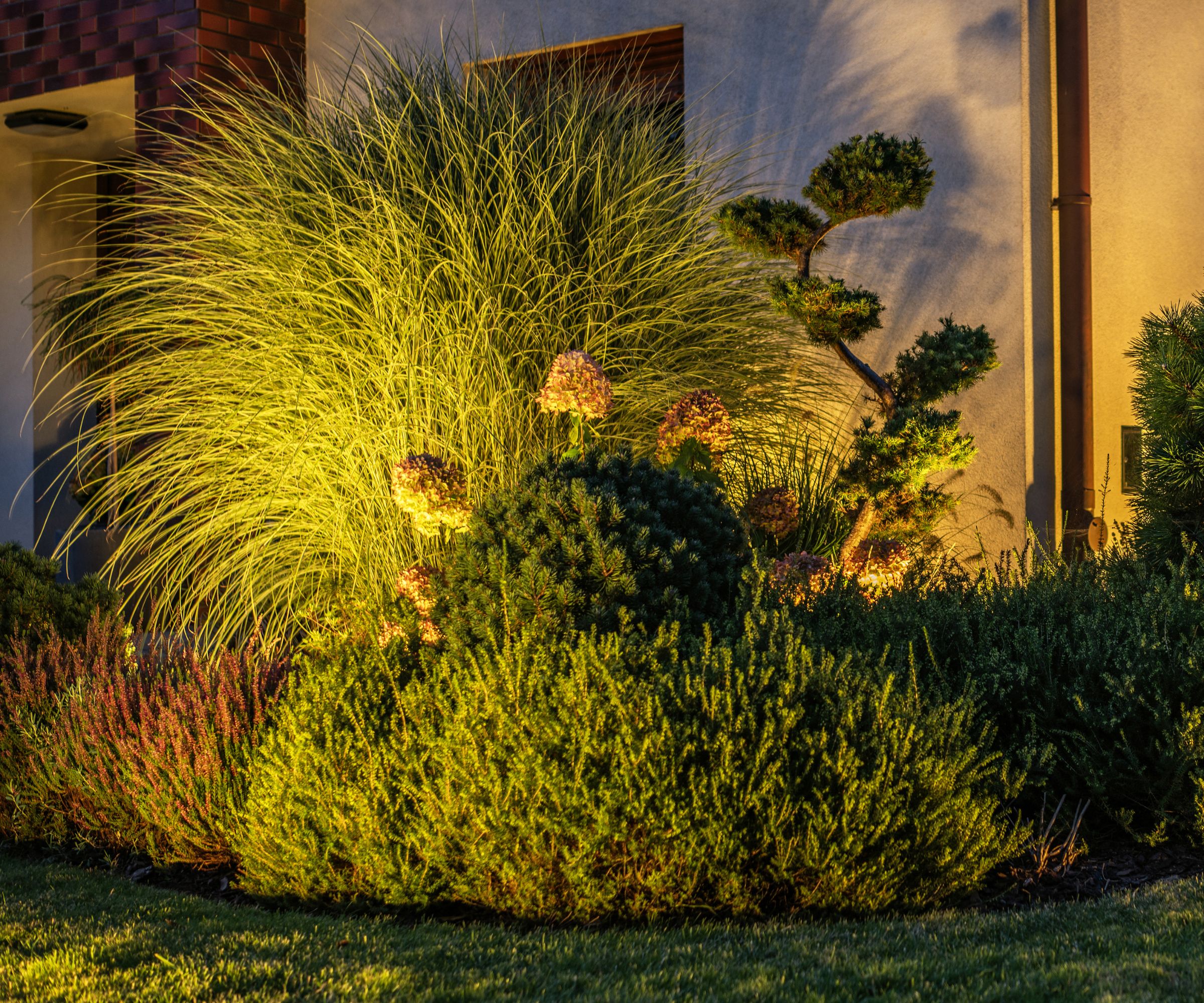
Bushes and shrubs are a lot trickier to light than trees. Because they have a lot of leaves clustered together, they can look fuzzy and cluttered. If your aim is off and your light shines on the trunk, it will look stark and bare.
To avoid these issues, the experts I spoke to recommend using as wide a spotlight as possible. Lighting designer Nels Peterson said: 'Bushes are often one of the more difficult things to light in landscaping, and utilizing a flood fixture, meaning one that disperses light over a large area, is usually the best option.'
Kyle Beach agrees, saying he recommends 'a wall wash with a much broader beam spread to cover more of the area'. This isn't specialist equipment; you can easily find this style of floodlights at Amazon.
However, Kyle also gave me another trick to try when lighting a shrub. Rather than putting your lights in front of the bush, try lighting it from behind. 'Backlighting is another method that uses shadow effects to create a focal point,' he said. This stops the trunk from being illuminated from your vantage point, so you only get a glow from the underside of your leaves.
However, overdoing it on bushes can make your backyard look a little harsh. Kyle says: 'Lighting smaller bushes may not be your first priority when deciding what to light. Lighting should start with architectural and larger landscape items like trees.'
5. Pick the right brightness
Getting the right level of brightness is crucial for uplighting. Nels told me that less is always more when it comes to lighting up trees, saying: 'Brightness always matters, and you'll find that lower illuminations often produce less glare and actually are more pleasing to view.
That's because dimmer lighters are much kinder on your eyes. Softer lighting 'allows the viewer to go from dark to more illuminated areas without their eyes having to make adjustments.'
That means it's smart to buy lights with adjustable brightness. Adjustable lights let you dim and brighten your lights to get them exactly right, and play with different brightness's throughout the year. What looks great in summer might seem a little desolate in winter when it drops its leaves.
You can also mix up the brightness on different lights for dramatic effect. Kyle Beach claims: 'Using different wattages in your lights can also help create added dimension and depth.'
6. Keep the color warm
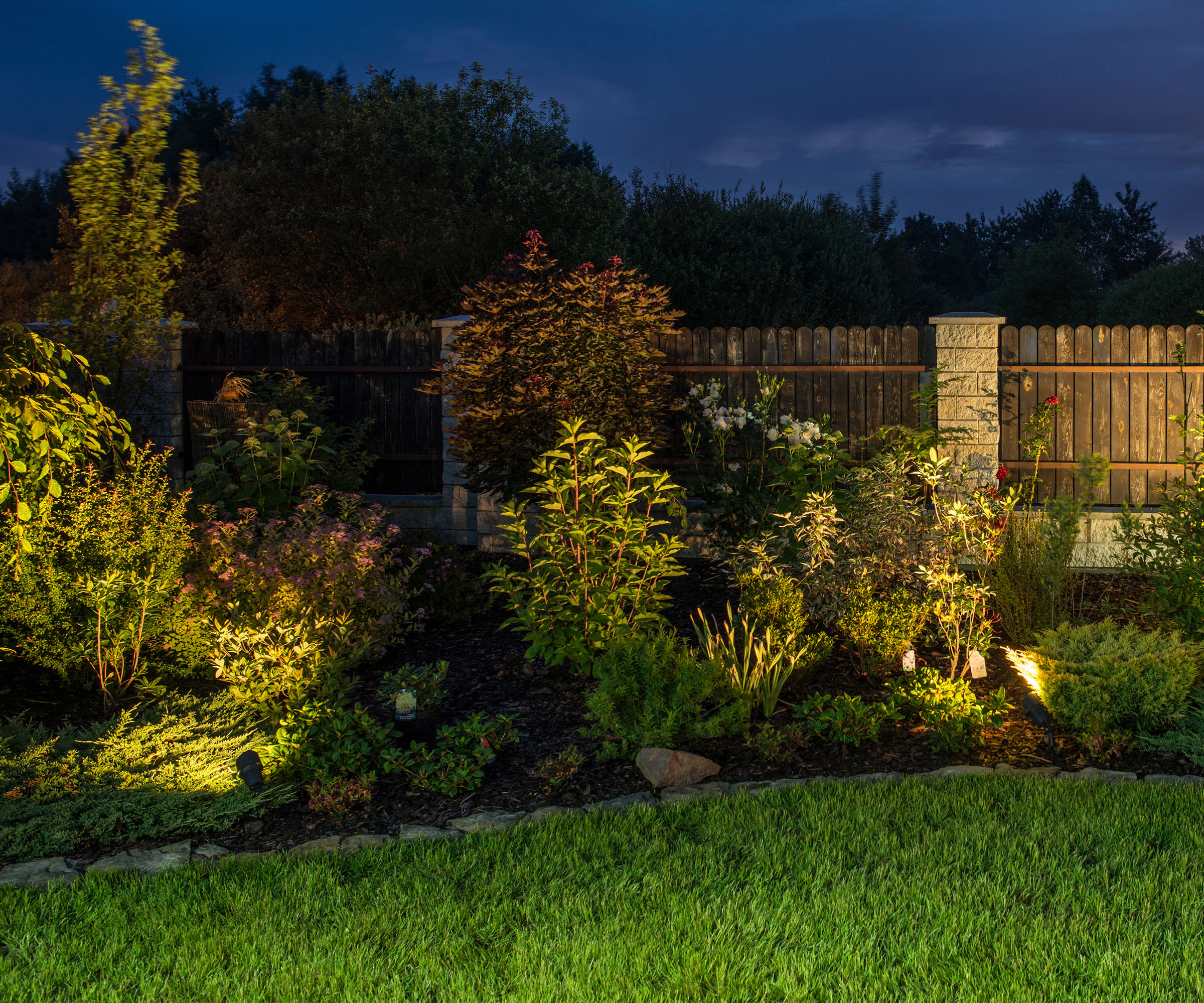
Finally, make sure you buy lights with good color options. All the experts I spoke to were unanimous on the color range you should use.
Nels says: 'It's best to stick between 2000K and 3000K with a high color rendering index (CRI) of 95 or better. That is always the option I would choose.'
Kyle agrees, saying: 'The more traditional look for lighting is the 2800 kelvin color - a warm white - meant to be closer to a candlelight color. The more contemporary color is 3000 kelvin which is a brighter, crisper, and more updated look.'
The reason the color range is so limited is that extremes, either way, can ruin your landscaping. Nels says that 'extremely high kelvin temperatures often wash things out, whereas extremely low kelvin temperatures make things look dead and yellow'.
Tree uplighting FAQs
Does uplighting trees harm local wildlife?
It can. Most wildlife experts recommend aiming your lights at the ground because lights shining into the air can confuse bats, owls, and insects. It's best to set your lights on a timer so that there are a few hours of total darkness in your yard.
Uplit trees are a great finishing touch, but there are lots of basics to master. For more help, take a look at our guides to placing outdoor lights and how to light a garden for wildlife.

As a gardens and lifestyle contributor, Alex makes sure readers find the right information to help them make the best purchase. Alex got his start in reviewing at the iconic Good Housekeeping Institute, testing a wide range of household products and appliances. He then moved to BBC Gardeners’ World Magazine, assessing gardening tools, machinery, and wildlife products.
